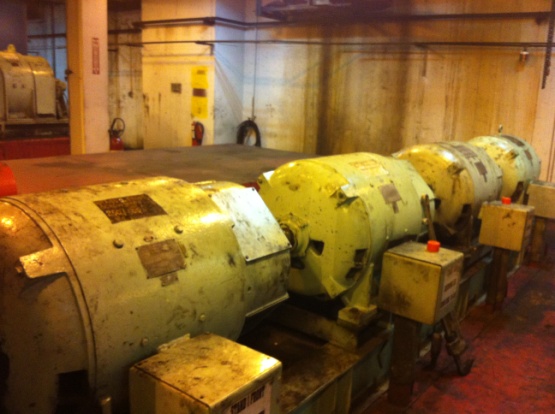 Simply stated, a machine train is when three or more machine components are coupled together, acting as one. Machine train alignment can sometimes be a complicated task. Some laser alignment tools can measure machine trains of up to several machines, simplifying the move options. Whether you have a machine train program or not, by using some common sense guidelines, a machine train can be aligned easily and successfully.
Simply stated, a machine train is when three or more machine components are coupled together, acting as one. Machine train alignment can sometimes be a complicated task. Some laser alignment tools can measure machine trains of up to several machines, simplifying the move options. Whether you have a machine train program or not, by using some common sense guidelines, a machine train can be aligned easily and successfully.
Trick #1: Work From the Stationary to the Moveable
Usually, the best way to align a machine train is to work from the stationary machine to the moveable. Once the first moveable machine is aligned to the stationary machine, the “moveable” machine now becomes “stationary”. In the image above, align the gearbox to the pump. Once this alignment is completed, the gearbox becomes the stationary machine, and the motor becomes the moveable.
 Trick #2: Graphic Visualization
Trick #2: Graphic Visualization
Graphing the alignment allows you to “see” what the alignment looks like. This helps the aligner see move options. In this graph, we can see that lowering the gearbox will improve the alignment to both the pump and the motor. Some tools, such the Fixturlaser XA and NXA have machine train programs which can do this for you, as well as calculate options on the moves.
Trick #3: Minimize Angularity
If angularity is excessive, as you progress from the pump to the motor, the chances of being bolt-bound increase substantially. To prevent this, keep your angularity as small as possible.
Trick #4: Take your Time
A machine train alignment can be complicated, depending on the number of machines in the train. By taking your time, observing the alignment, and remembering that you are aligning many components into one “machine”, you will complete the task with much less frustration and error.



